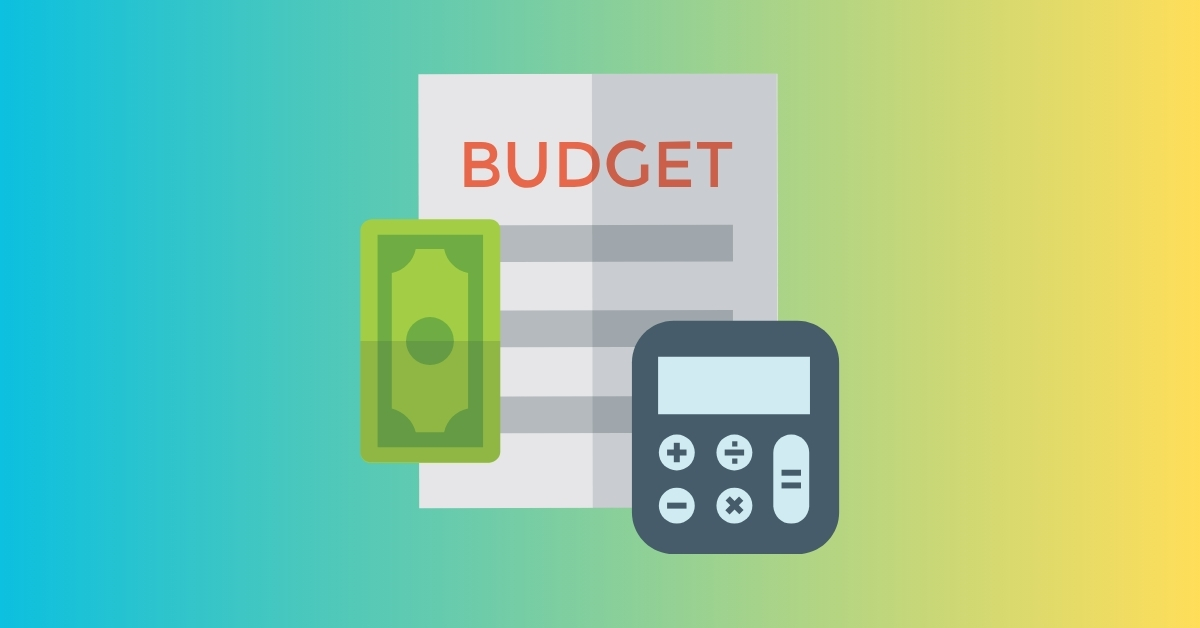Introduction
Creating a realistic financial budget is essential for any business, regardless of its size or industry. A well-structured budget helps you manage cash flow and growth plans and avoid overspending. It also enables you to make informed decisions and navigate economic uncertainty more effectively. Here’s a step-by-step guide on how to create a financial budget for your business that’s both realistic and effective.
1. Define Your Business Goals
Before you dive into numbers, it’s crucial to define your business goals. What are you aiming to achieve in the coming year? Do you want to increase sales, expand into new markets, or improve operational efficiency? By aligning your financial budget with your business goals, you ensure that your spending is purpose-driven and supports the long-term vision of your company.
2. Analyze Your Revenue
Start by estimating your business’s revenue for the upcoming period. Review past sales performance to forecast potential earnings. If you’re a new business without historical data, research industry benchmarks or consult with a financial advisor to help you create a reasonable revenue estimate. Be realistic in your projections; overestimating revenue can lead to financial strain if sales don’t meet expectations.
3. List Fixed and Variable Expenses
Next, list all of your business’s expenses. Start with fixed costs, which remain constant each month, such as rent, utilities, salaries, and insurance. Then, identify variable expenses, which fluctuate depending on business activity, like inventory, marketing, or shipping costs. Categorizing your expenses helps you understand where money is being allocated and makes it easier to identify areas for cost reduction.
4. Plan for Savings and Investments
A reasonable budget isn’t just about managing costs; it’s also about preparing for the future. Allocate a portion of your revenue for savings and reinvestment into the business. Whether it’s for unexpected emergencies, new equipment, or business expansion, setting aside money for savings ensures that you’re prepared for both opportunities and challenges.
5. Review and Adjust Regularly
A budget is a living document, not a set-it-and-forget-it plan. Review your budget regularly, ideally monthly or quarterly, to ensure it aligns with your actual financial performance. Track your income and expenses closely, comparing them to your projections. If there are discrepancies, adjust your budget accordingly to stay on track.
Conclusion
Creating a realistic financial budget for your business is crucial for maintaining economic stability and achieving your objectives. By accurately forecasting revenue, categorizing expenses, planning for savings, and regularly reviewing your budget, you can make informed financial decisions and steer your business toward success.
#BusinessBudgeting #FinancialPlanning #CashFlowManagement #SmallBusiness #FinancialHealth #BusinessGoals #BudgetingTips #BusinessGrowth #FinancialStrategy #BudgetReview


